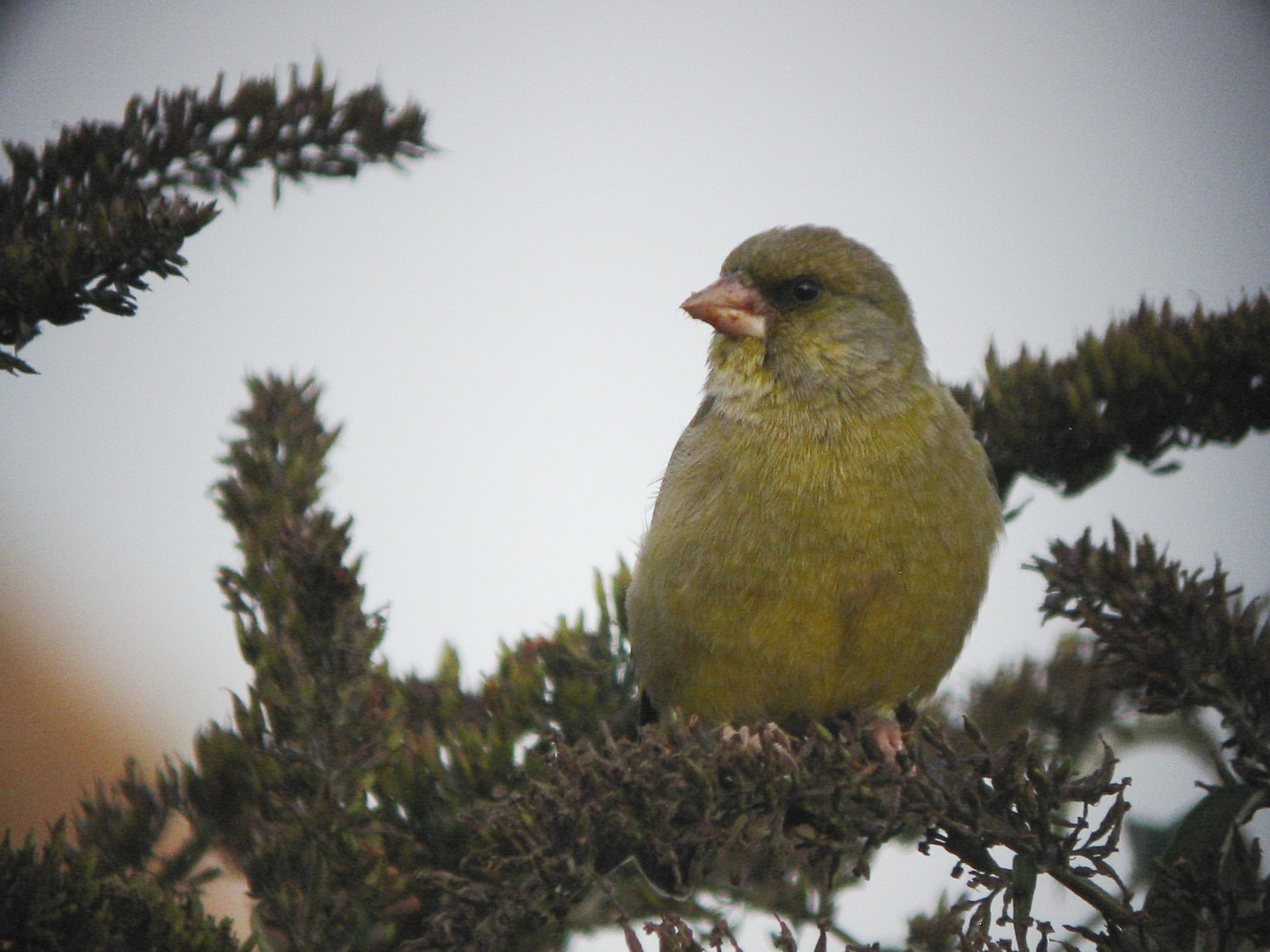I listened to a BBC Wildlife Magazine podcast this morning whilst eating my porridge and was fascinated to hear about a side of peregrine falcons that I had never heard about before.
It is a much-publicized fact that more peregrines are taking up residence in cities these days and feeding on those pesky pigeons. Apparently though these only make up around half of their diet. Other city dwelling birds such as blackbirds and thrushes also fall victim, but the surprising fact as far as I am concerned was that they are also rather partial to other birds such as woodcock, water rail and various ducks such as teal. I have visited numerous cities in my time and don’t remember coming across many of these (or any peregrines unfortunately). These are birds that spend most of the day in places that the falcon cannot catch them and tend to do most of their flying about at night. The crafty peregrines use the light pollution of the city to hunt by and catch these birds unaware.
Matters are tipped further into the peregrines’ favour by the light-coloured bellies of the wildfowl developed to prevent fish from seeing them easily from underwater which are nicely illuminated by the street lights!
